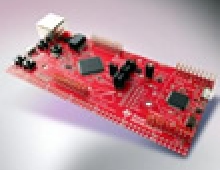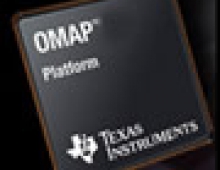
Texas Instruments Enters Video Chips Market
The best-known maker of calculators has succesfully tranformed itself to the largest seller of chips for cellphones. Now, Texas Instruments wants to repeat that success in the market for video chips.
The company plans today to announce an all-in-one video chip technology that will make it easier for
electronics producers to design and manufacture video products including digital cameras, video phones
and portable media players.
The technology, called DaVinci, will give it the same stronghold in digital video components that it enjoys in the market for mobile phones, about half of which run on Texas Instruments chips.
Officials say manufacturers will be able to use the new chip, microprocessor and software by year end.
The announcement of the Da Vinci platform is coming two weeks after Intel announced its own new platform for digital home electronics, called Viiv. With Viiv, which will be marketed in the first half of 2006, Intel hopes to make it easier for users to share digital content over networks and make their personal computers compatible with other electronic devices.
Like Intel's Viiv platform, Da Vinci is a repackaging of existing technology, along with some new components, and requires the cooperation of other component makers.
Both companies hope to dominate the chip market for digital home devices but are taking different approaches, with Texas Instruments coming from the wireless hand-held device industry and Intel from the personal computer industry.
The technology, called DaVinci, will give it the same stronghold in digital video components that it enjoys in the market for mobile phones, about half of which run on Texas Instruments chips.
Officials say manufacturers will be able to use the new chip, microprocessor and software by year end.
The announcement of the Da Vinci platform is coming two weeks after Intel announced its own new platform for digital home electronics, called Viiv. With Viiv, which will be marketed in the first half of 2006, Intel hopes to make it easier for users to share digital content over networks and make their personal computers compatible with other electronic devices.
Like Intel's Viiv platform, Da Vinci is a repackaging of existing technology, along with some new components, and requires the cooperation of other component makers.
Both companies hope to dominate the chip market for digital home devices but are taking different approaches, with Texas Instruments coming from the wireless hand-held device industry and Intel from the personal computer industry.




















